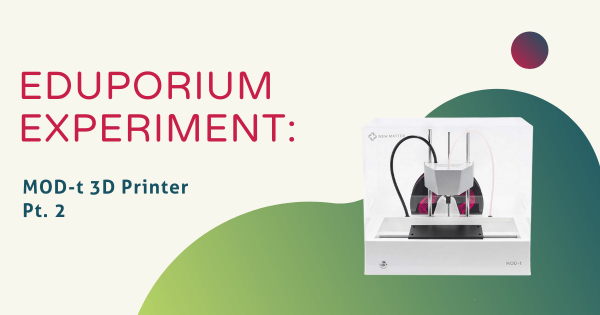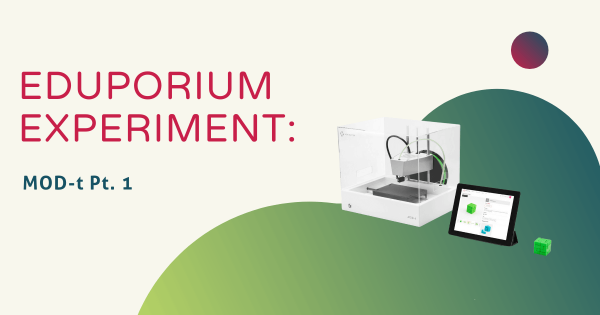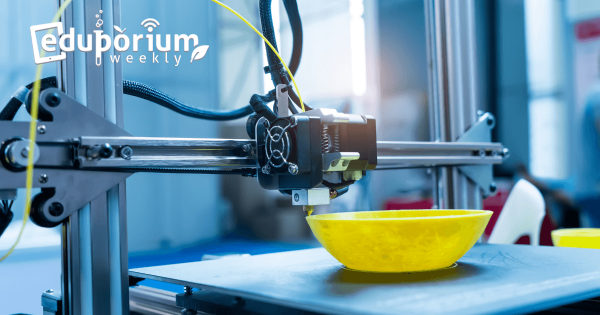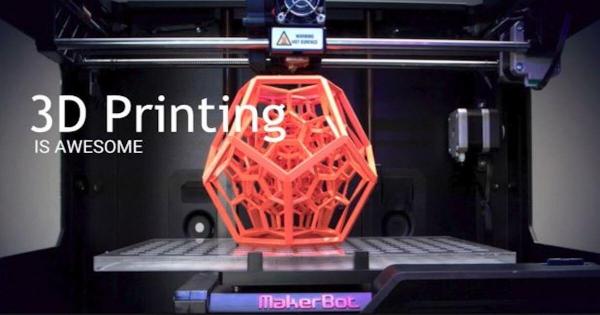The MOD-t was once a great makerspace option, but is discontinued. Check out our Tips and Tricks blog for the latest updates. and don’t let its sleek design fool you. The MOD-t 3D printer is completely user-friendly with only one button to press. It also prints with eco-friendly PLA filament and features Wi-Fi connectivity.
3D Printer
The integration of 3D printers into student learning environments brings about a myriad of educational benefits, transforming the way kids conceptualize, create, and problem solve. At the core of its value lies its ability to foster hands-on, experiential learning that transcends typical classroom boundaries. First and foremost, 3D printers offer students a tangible medium to bring their ideas to life. By allowing them to design and prototype three-dimensional objects, children can explore their imaginations and turn abstract concepts into realities. Whether they are designing models, engineering prototypes, or artistic sculptures, 3D printing provides powerful outlets for self-expression and experimentation. Moreover, 3D printing helps facilitate interdisciplinary learning by bridging the gap between theory and practice across various subjects.
-
Eduporium Experiment | MOD-t 3D Printer Pt. 1
Understanding 3D printing, its benefits, and its uses are critical pieces of 21st century STEAM learning, which is why, at the Eduporium office, we have begun researching and stocking the best 3D printers on the market today. Take a look at one of the best starter 3D printers in the MOD-t from New Matter. -
Eduporium Weekly | 5 Reasons To Love 3D Printing
It’s an exciting time in the 3D printing world—both in the classroom and in the industrial realm. Much of that excitement and innovation being applied in the classroom has been developed by leading tech companies and then tweaked to gel with modern education. Want to learn about a few different 3D printing technologies? Head inside for some great tips and -
Throwback Thursday! 3D Printers: Then and Now
As you might know, 3D printing has been around for a while. Here’s a little timeline. Fused Deposition Modeling (FDM) was developed by S. Scott Crump. This involves producing a model by extruding small beads of material which harden immediately to form layers. This method of 3D printing eventually took off with commercial and DIY enthusiasts.
Page
- Page Previous
- Page 1
- You're currently reading page 2







